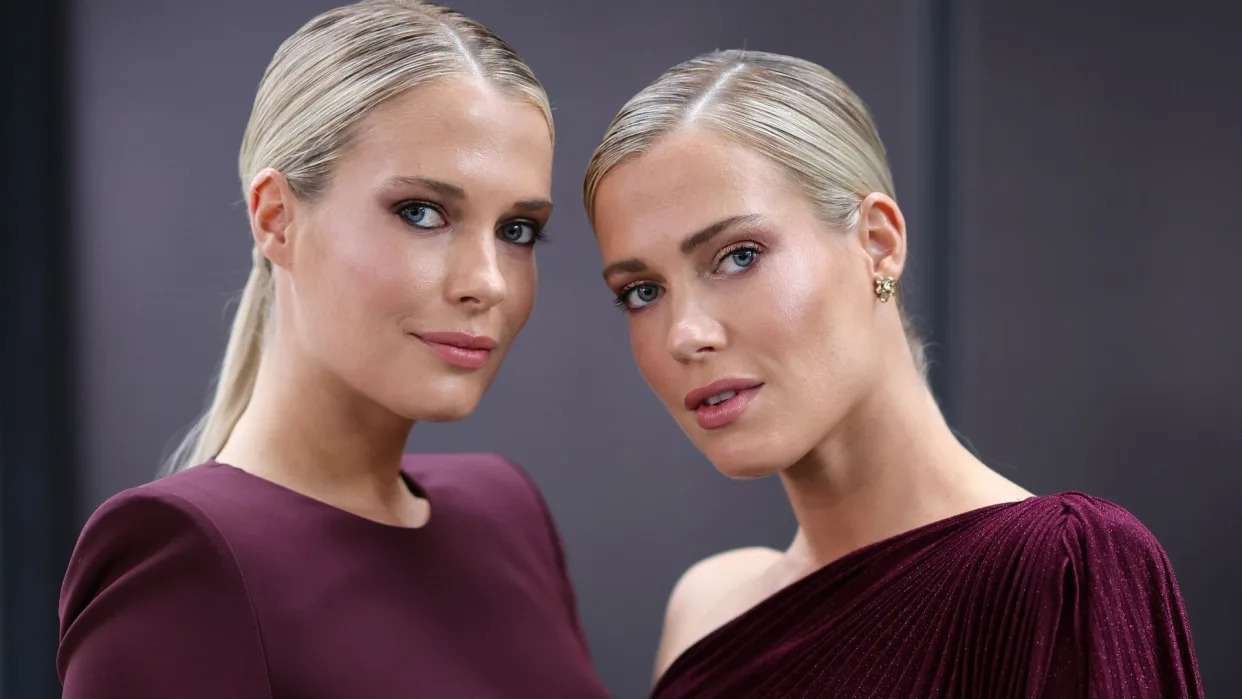Spring and summer provide a bounty of nectar for our pollinator friends. Because we love them so much and appreciate all they do for us, we can keep them happy through the end of summer and into fall with both long-blooming and late-blooming plants. There are many, many plants to fill the bill.
Below are some favorites you may want to consider. Here are two great resources for details about these plants and more: “Native Plants of Southwest Virginia” https://www.plantvirginianatives.

org/plantswvanatives/native-plants-of-southwest-virginia North Carolina Extension Gardener Plant Toolbox: https://plants.ces.ncsu.
edu/find_a_plant/ Some important details you need to consider are the height and spread of mature plants, watering needs, and of course whether they are native to our area. Color, texture and shape considerations will help you build an eye-catching display that you and pollinators can enjoy. Wild bleeding heart (Dicentra eximia) can provide its unique flower from March through October.
If summer weather is quite hot, it may wait until cooler temperatures to rebloom. A variety of bee balm, (Monarda didyma), starts a blaze of red in May and can continue into October. White turtlehead (Chelone glabra) is a late bloomer that likes moisture.
If you have a spot for it, you’ll enjoy its unusual flower, and so will hummingbirds. The white flower can be tinged with pink. Great blue lobelia (Lobelia siphilitica) is deer resistant and beloved by hummingbirds, butterflies and other pollinators.
It likes a good bit of moisture, but the blue flower is worth the effort of occasional watering. White wood aster (Eurybia divaricaae) is happy in full shade. It can really brighten a shady spot with showy white flowers over heart-shaped leaves.
Cardinal flower (Lobelia cardinalis) puts on quite a show from May through October with its fantastic red flowers. Black-eyed Susan (Rudbeckia hirta) is a fan favorite with yellow flowers and distinctive dark centers. It’s a tough plant that can take any type of soil, is deer resistant and tolerates drought.
Carolina phlox (Phlox Carolina) stands about 3 feet tall with soft pink flowers from May to October. It’s another flower that attracts hummingbirds and loads of other pollinators. Asters are well-known late-blooming flowers that pollinators love.
Smooth blue aster (Symphyotrichium laeve) is covered in gorgeous blue flowers that really brighten the garden. White wood aster (Eurybia divaricata) can also take full sun with adequate water. It is also happy in full shade.
Heart-leaved aster (Symphyotrichum cordifolium) will provide blue flowers into November! Goldenrod (Solidago spp.) with its yellow blooms from July to through October is another great late plant that will positively buzz with activity. Several varieties like full sun, but a few prefer shade or part shade.
So be sure to check details before buying. Blue mistflower (Conoclinium coelestinum) is another pretty option with pale blue frilly petals from July through November or first frost. Common witch hazel (Hamamelis virginiana) is a small tree that has unique frilly yellow-gold flowers that appear in winter! It is an amazing tree with yellow fall color followed by exotic-looking flowers in the dead of winter.
It’s a special treat for the moth that pollinates it and for birds that eat the fruit. It’s pretty clear that we have tons of ways to keep our flower gardens blooming into October and November. One of the great, feel-good benefits is that we’re helping pollinators and birds into the cooler months.
That’s certainly a win-win strategy. Check out details of plants that catch your fancy at the sites noted above. You can pick some winners and enjoy the beauty that nature offers.
For more information about gardening, visit UTHORT’s YouTube site for helpful videos: https://www.youtube.com/channel/UCjS3d1IklH1OZ1Z 2qPvhgfQ If you have a question for the Master Gardeners, submit them to us on our website at www.
netmga.net . Click the link at the top of the page, “Ask A Master Gardener” to send in your question.
Questions that are not answered in this column will receive a response from a Master Gardener to the contact information you provide. The Master Gardener Program is offered by the University of Tennessee Extension. The purpose of the Master Gardener program is to train people as horticultural-educated volunteers.
These volunteers work in partnership with the local Extension office in their counties to expand educational outreach, providing home gardeners with researched-based information..



















